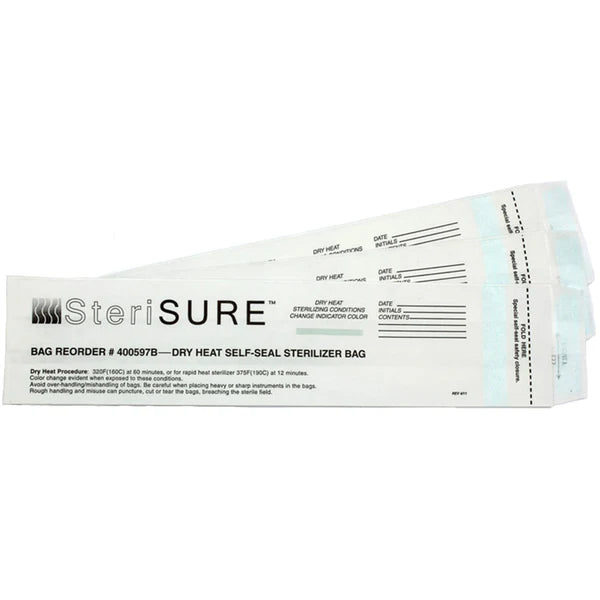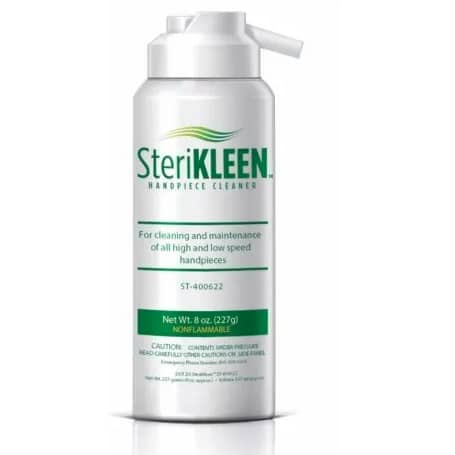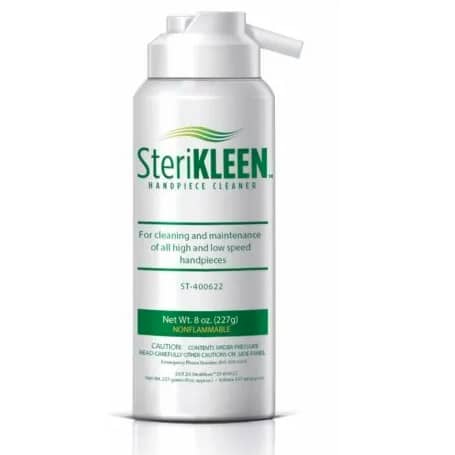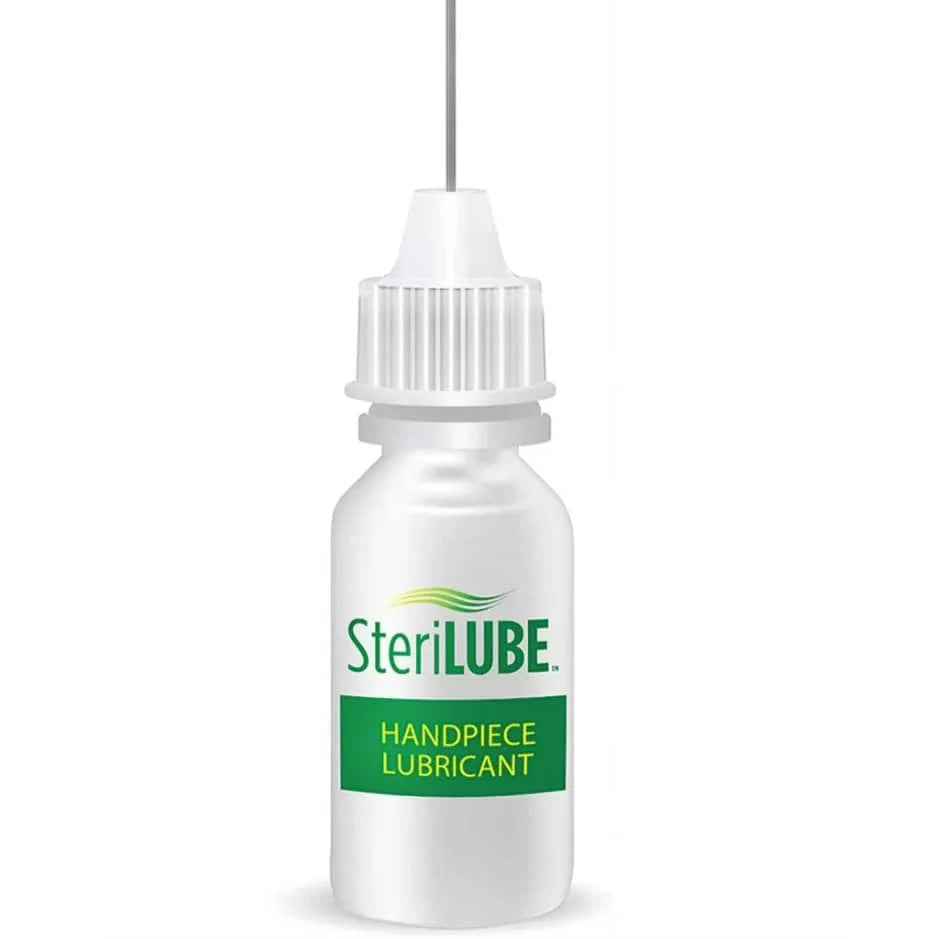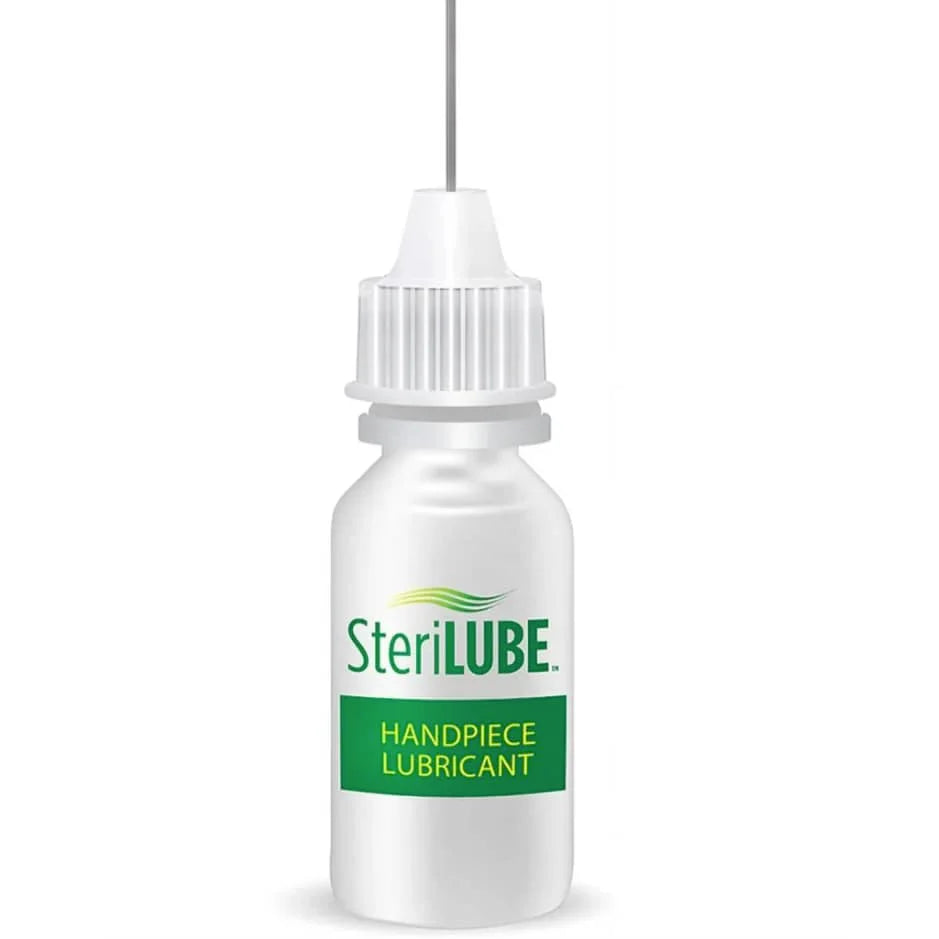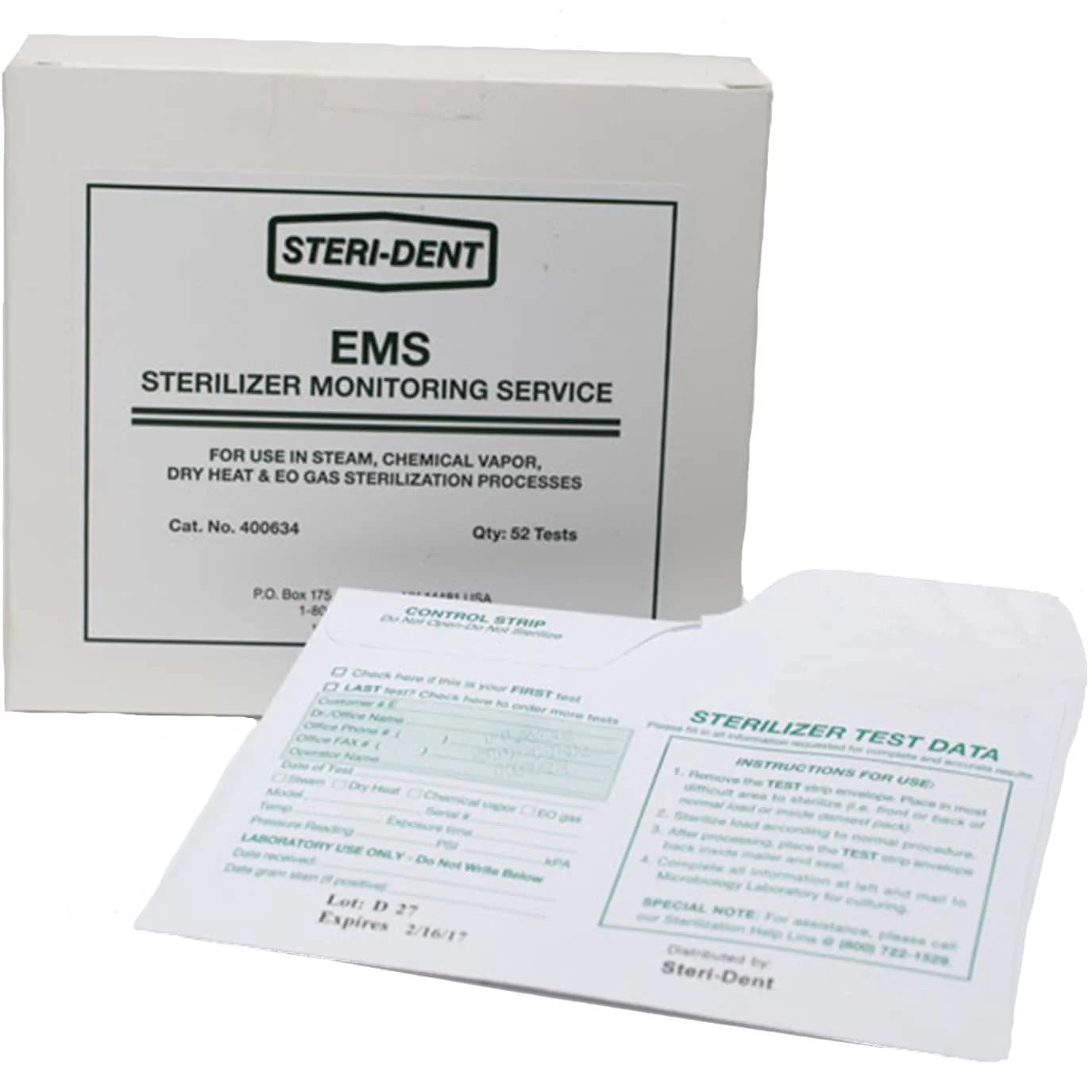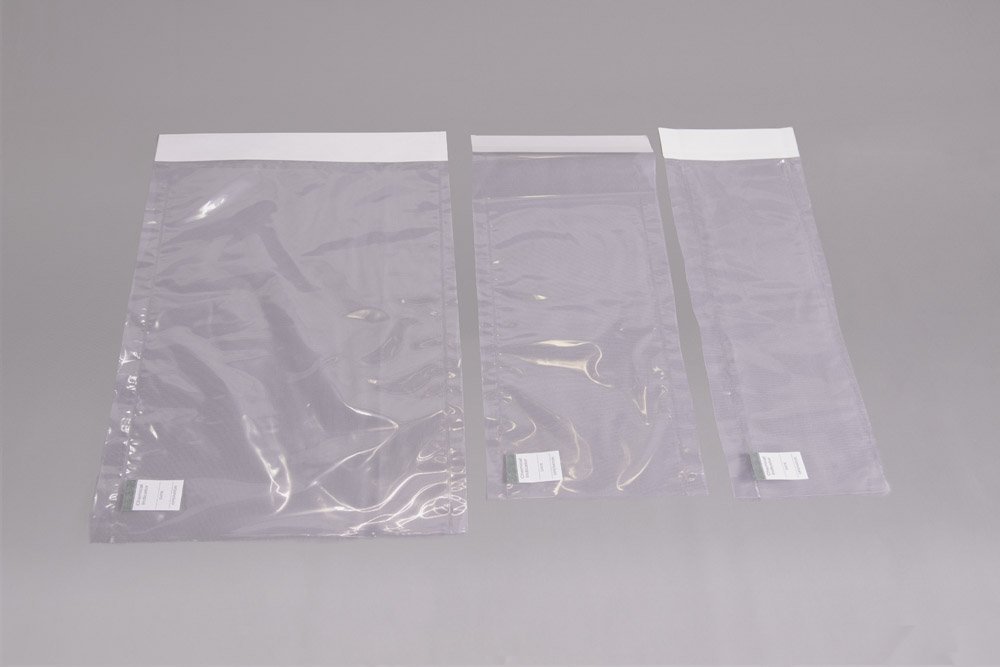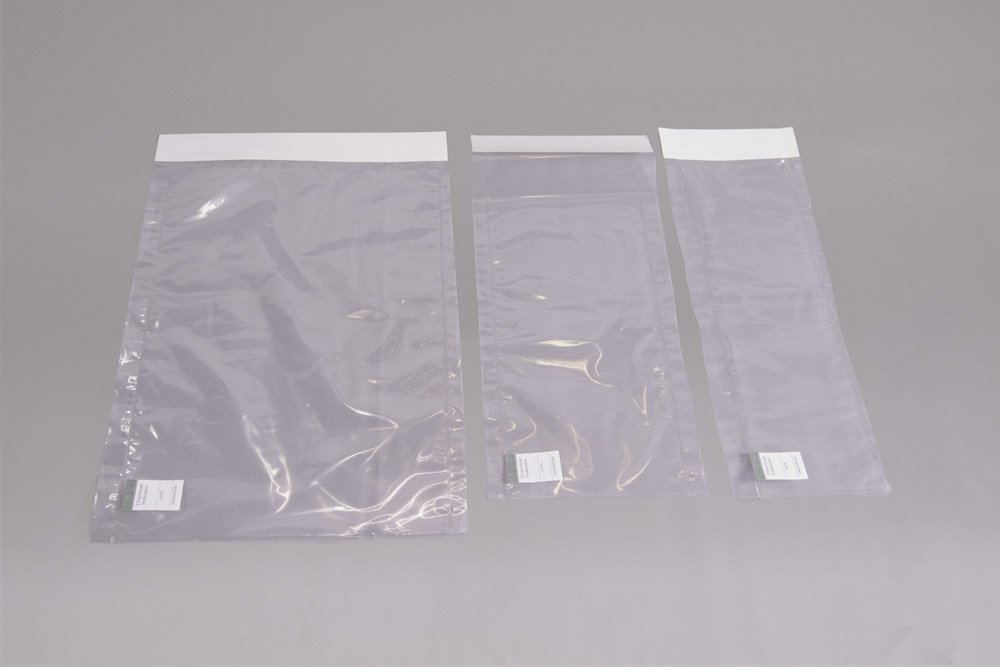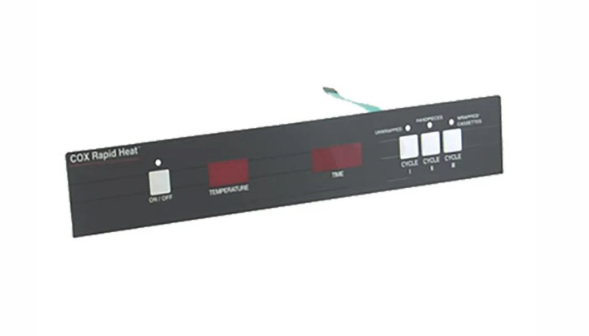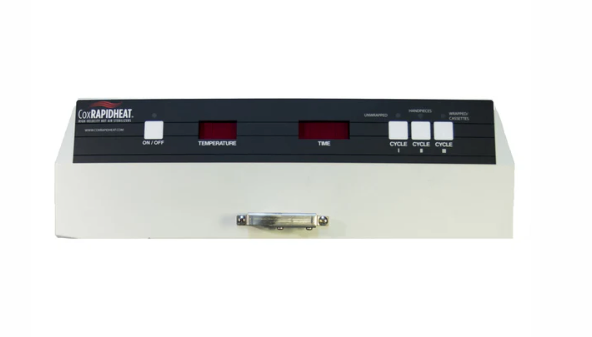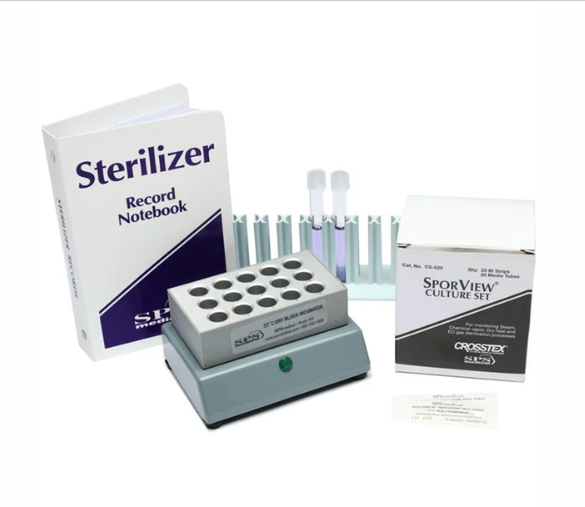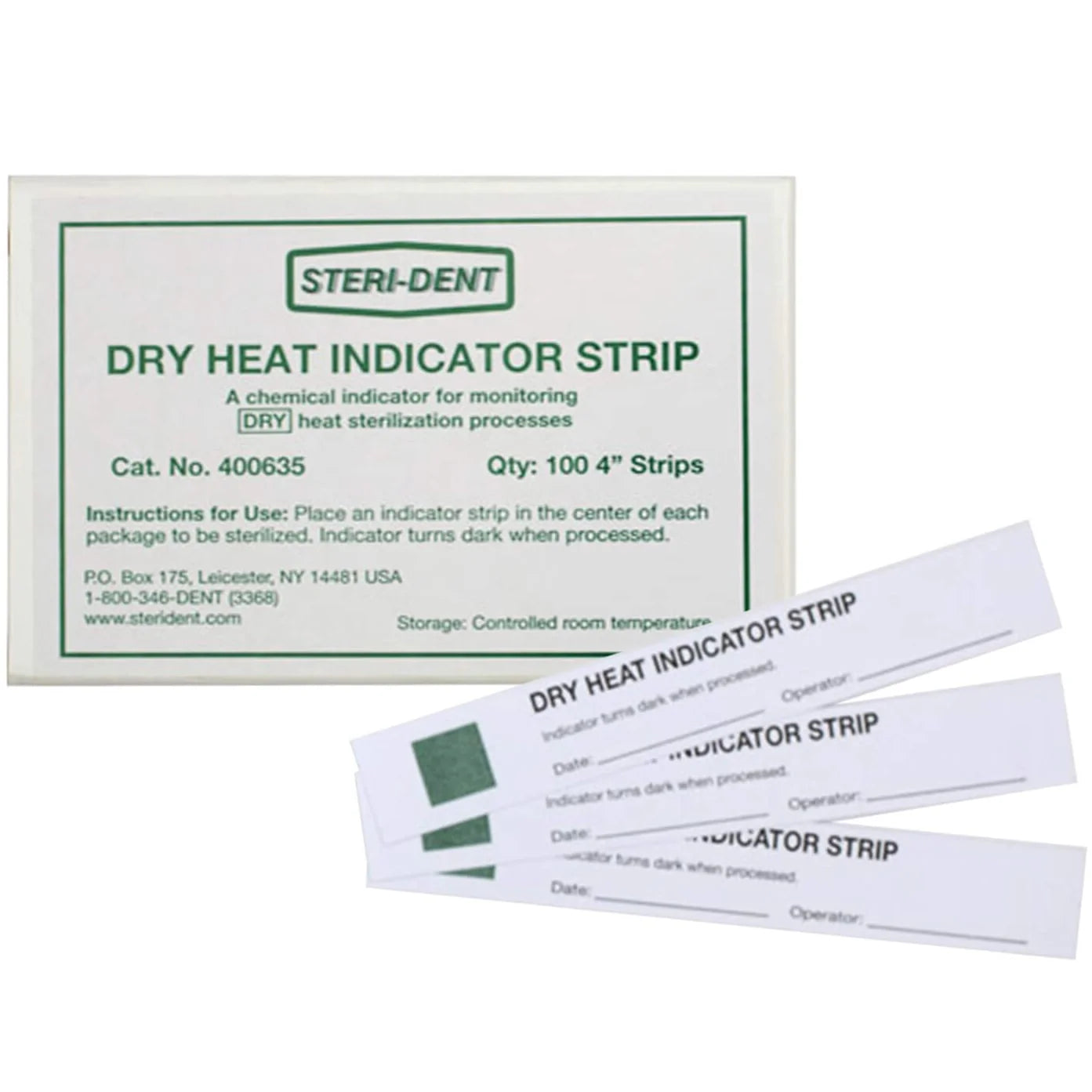Main menu
- All Products
- Deals and Offers
-
- Diagnostics & Testing Kits
- Equipment Parts and Accessories
- First Aid & Emergency Kits
- Furniture & Fixture
- Health Monitoring Equipment
- Home Health Essentials
- Infection Control Supplies
- Medical Device
- Orthopedic Supplies
- Personal Protective Equipment (PPE)
- Patient Care Equipment
- Professional Healthcare Supplies
- Simulation & Training
- Respiratory Care
- Rehabilitation & Recovery
- Radiology & X-Ray Equipment
- Surgical Instruments
- Wellness, Nutritional & Fitness
- Shop by brands
- Education & Gov Procurement
CPAC
12 products
Showing 1 - 12 of 12 products

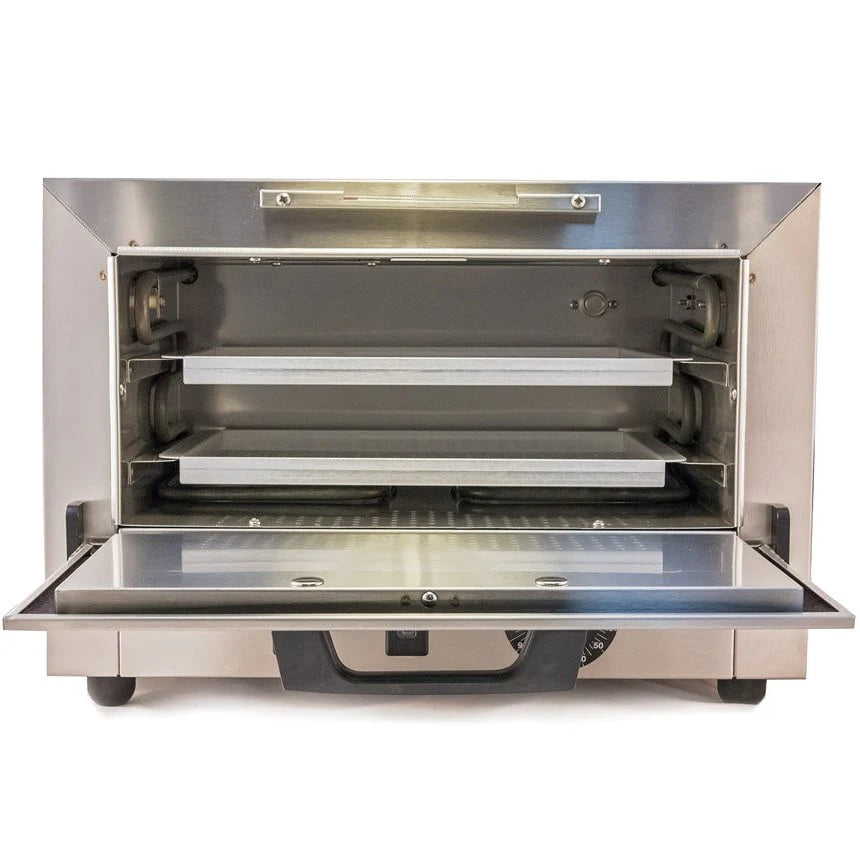
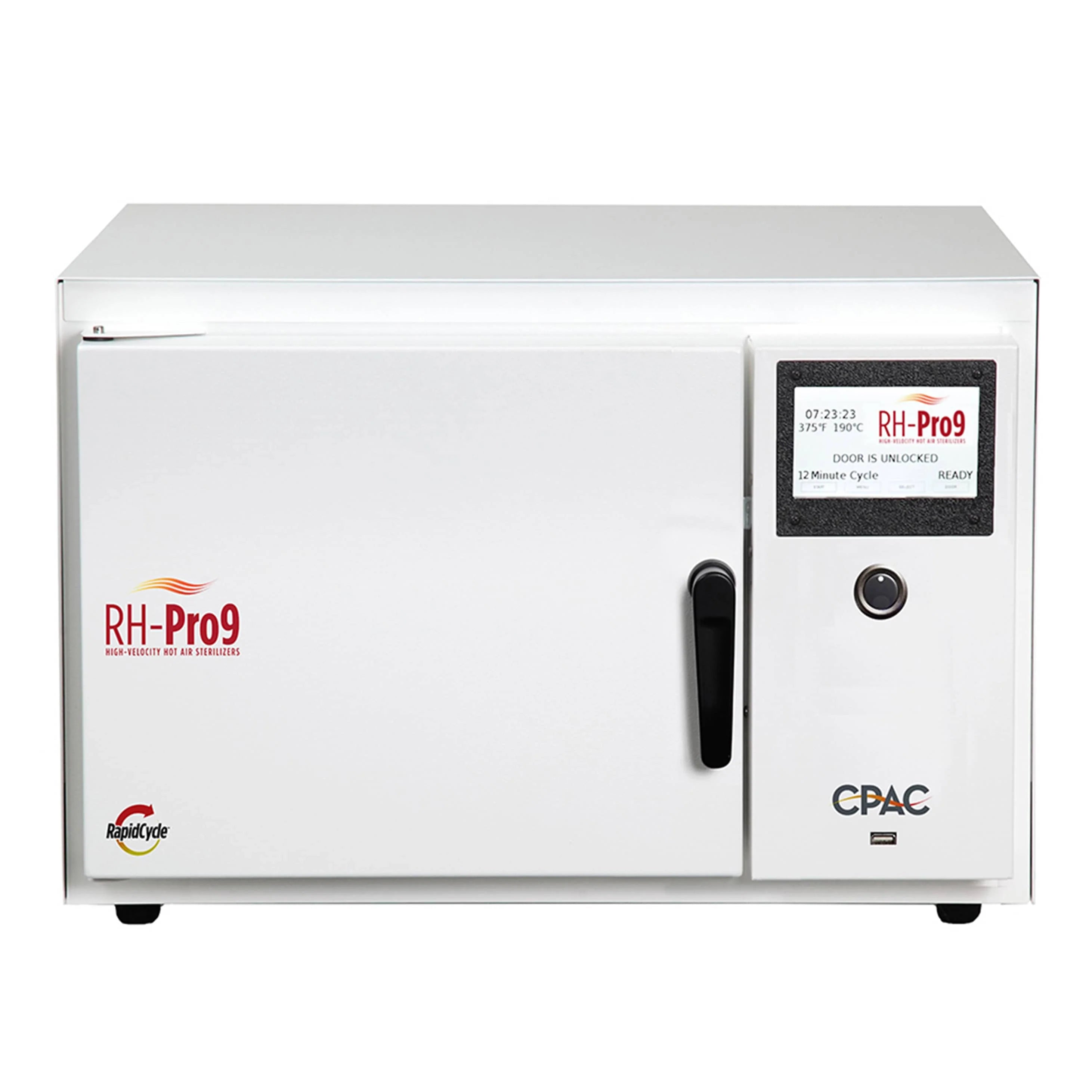



CPAC Environmental Solutions – Advanced Waste Management & Environmental Protection
CPAC Environmental Solutions is a leading provider of innovative environmental and waste management technologies, specializing in sustainable solutions for healthcare, laboratories, and industrial applications. With a strong commitment to safety, efficiency, and eco-friendly practices, CPAC products help facilities manage waste disposal, water purification, and air quality control while meeting strict regulatory standards.
CPAC Environmental Solutions Product Categories
✔ Medical Waste Disposal Systems – Advanced solutions for safe and efficient disposal of biohazardous and medical waste.
✔ Water Purification & Recycling Systems – Cutting-edge filtration and distillation technology for clean, purified water.
✔ Air Quality Control & Filtration Systems – High-efficiency air purification solutions to reduce contaminants and improve indoor air quality.
✔ Eco-Friendly Sterilization Solutions – Chemical-free sterilization technology that promotes sustainability while ensuring infection control.
Key Benefits of CPAC Environmental Solutions
✔ Sustainable & Eco-Friendly
✔ Regulatory Compliant & Safe
✔ Trusted by Healthcare & Industrial Facilities
✔ Innovative & Cost-Effective
FAQs
Is the RapidHeat sterilizer FDA-approved and certified for safety?
Yes, the RapidHeat sterilizers have FDA clearances under K872643A and K881371, issued in 1987 and 1988, and they are ETL, UL, and applicable CE approved. CPAC Equipment, Inc., the manufacturer, is also an ISO 13485 certified facility.
Can I use steam chemical indicators for dry heat sterilizers?
No, chemical indicators designed for steam sterilizers cannot be used for dry heat sterilizers. Only dry heat chemical indicators, available directly from CPAC or your regular dental supply dealer, should be used.
Are there load limitations for dry heat sterilizers?
Yes, similar to an autoclave, dry heat sterilizers have load limitations. However, unlike autoclaves, you do not have to worry about mixing carbon and stainless-steel instruments in the same pouch, as this is allowed in a dry heat sterilizer.
Can reusable medical devices made from temperature-sensitive plastics be sterilized in dry heat sterilizers?
Yes, many reusable medical devices made from temperature-sensitive plastics like Polypropylene (PP), which were traditionally only compatible with autoclave temperatures, can now be sterilized using dry heat sterilizers without compromising their integrity.
Can the RapidHeat Sterilizer process instruments at lower temperatures?
Yes, the RapidHeat Sterilizer has low-temperature cycles designed to expand its ability to process instruments at temperatures lower than traditional methods, including those validated by manufacturers only for steam sterilization.
What are the power requirements for the RapidHeat sterilizer?
The RapidHeat sterilizer requires a standard 110-120V, 60Hz, 15-amp service outlet. No water, drains, or other utilities are needed for its operation.
How does the RapidHeat sterilizer monitor and record cycle parameters?
The RapidHeat sterilizer monitors and records critical time-temperature parameters for each cycle using a USB flash drive. The flash drive inserts into the sterilizer's USB port and stores data such as the start date and time, cycle phase times and temperatures (recorded at one-minute intervals), and the final cycle status, which includes details of the completed sterilization cycle.
How does the energy usage of the RapidHeat sterilizer compare to a steam sterilizer?
An independent study found that the RapidHeat sterilizer uses 65% less total energy than a typical steam sterilizer when processing identical loads of the same relative size.
How does the operating cost of the RapidHeat sterilizer compare to a steam sterilizer?
A comparative cost analysis shows that the RapidHeat sterilizer offers a 50% operating cost savings compared to a comparable steam sterilizer. This savings is primarily due to lower maintenance, utility, and instrument replacement costs, along with reduced supply costs and equipment maintenance expenses.
What is the sterilization cycle time for the RapidHeat sterilizer?
The RapidHeat sterilizer features short sterilization cycle times, allowing for three to four complete sterilization cycles per hour, resulting in a compatible or even greater throughput of instruments per hour compared to other sterilization methods.
How do the sterilization cycle times of RapidHeat sterilizers compare to steam sterilizers?
Unlike steam sterilizers, which require pre-vacuum assists and drying cycles that can add up to 40 extra minutes, RapidHeat sterilizers have preset sterilization cycle times ranging from six to twenty-one minutes, depending on load and packing configuration. These are true "start-to-finish" cycle times (from door locked to door unlocked), and no drying cycle is required.
How do RapidHeat sterilizers compare to immediate-use steam sterilization?
RapidHeat sterilizers offer pre-set sterilization cycles ranging from six to twenty-one minutes, depending on load and packing configuration, with no drying requirement. This makes them an excellent alternative to "Immediate-Use steam sterilization" (IUSS). Unlike IUSS, which often involves a shortcut drying process that can lead to moisture-related issues like instrument corrosion and compromised sterility, RapidHeat cycles ensure that instruments are dry and safe to handle immediately after the sterilization process. This avoids the risk of moisture absorption and complies with CDC recommendations that sterilized packs should remain dry and cool before handling.
How do the sterilization cycle times of RapidHeat sterilizers differ from steam sterilizers?
Unlike steam sterilizers, which require pre-vacuum assist and drying cycles that can add up to 40 extra minutes to the actual sterilization time, RapidHeat sterilizers feature pre-set sterilization cycles that range from six to twenty-one minutes, depending on load configuration, packing, and size. These are true "start-to-finish" cycle times, from door locked to door unlocked, and no drying cycle is necessary.
What is the Sterility Assurance Level (SAL) and cycle time for RapidHeat sterilizers?
RapidHeat sterilizers operate at 375° F and have been proven to achieve a Sterility Assurance Level (SAL) of 12 Logs for all sterilization cycles. The cycle times and temperatures are pre-set to ensure compliance with FDA regulations, based on load size, configuration, and packaging. The shortest cycle time is 6 minutes for unwrapped instruments, while the longest is 21 minutes for a full capacity load of wrapped instruments (3.2 kg) in the RH-Pro11 sterilizer.
At Vigour Med Store, we are committed to helping healthcare and industrial facilities adopt sustainable, high-efficiency environmental solutions that ensure safety, compliance, and operational excellence.
Explore our CPAC Environmental Solutions collection today and take a step toward a safer, cleaner, and greener future!

